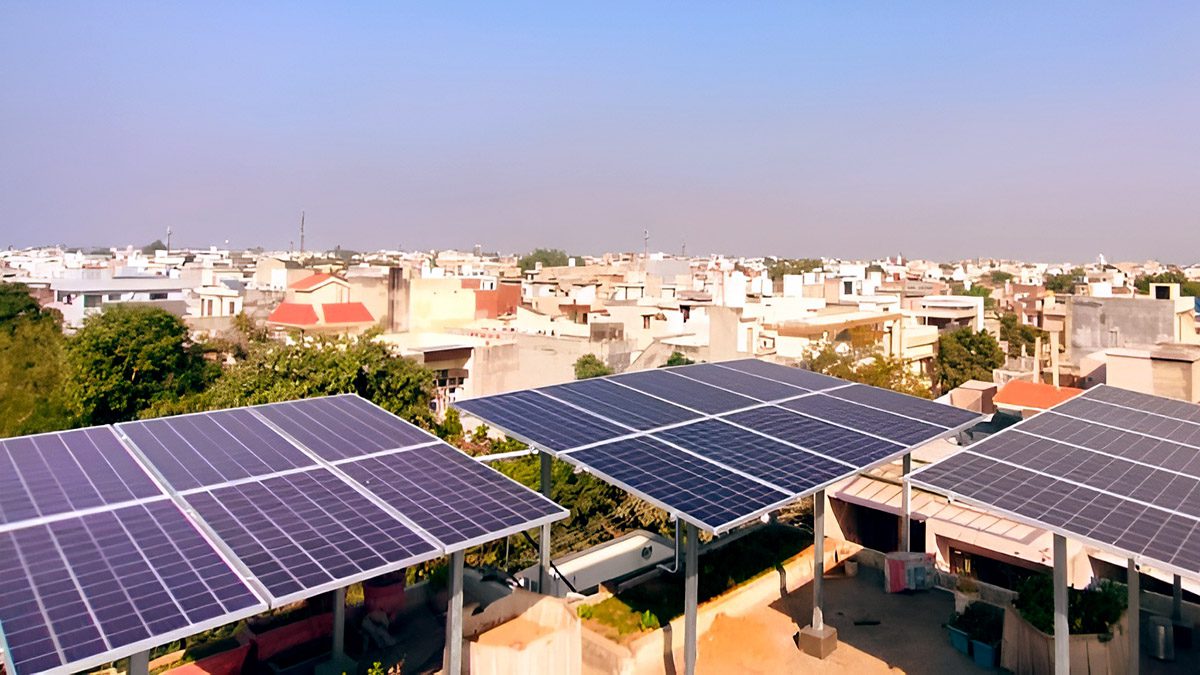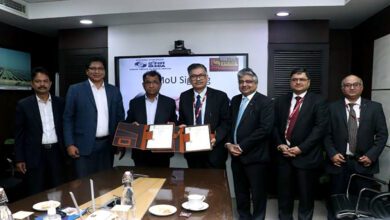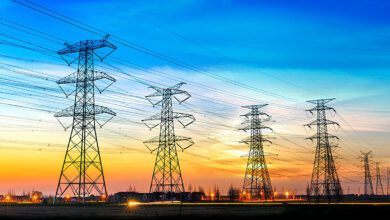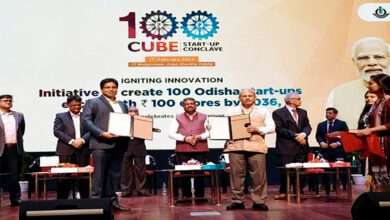In a landmark announcement during the presentation of the Interim Budget 2024-2025 in Parliament, Union Finance Minister Nirmala Sitharaman revealed a comprehensive strategy for promoting green growth and renewable energy. Central to this initiative is the ambitious plan for rooftop solarisation, aiming to empower one crore households across the nation to receive up to 300 units of free electricity every month.
Gautam Mohanka, CEO, Gautam Solar, said, “The 2024 budget is a highly forward looking budget with a huge emphasis on Renewable Energy in general and solar energy in particular. The Finance Minister has taken a huge step forward by budgeting for Rooftop Solar on 1 crore households, under which the HHs will get up to 300 units of free solar electricity. It will have a net positive effect on domestic solar module manufacturing as well, with the ALMM being reinstated from April. This will not only create a huge momentum in Indian Solar Industry but will also re-emphasis the importance of Solar energy in a commoner’s life and propel the country towards achieving Net Zero targets sooner than expected.”
The Finance Minister emphasised that this initiative aligns with the government’s commitment to all-encompassing development, echoing the vision set forth by Prime Minister Narendra Modi during the historic consecration of the Ram Mandir in Ayodhya. The multifaceted benefits expected from this initiative include significant annual savings for households, electric vehicle charging infrastructure, entrepreneurship opportunities for vendors, and employment prospects for skilled youth in manufacturing, installation, and maintenance.
Rohit Tikku, CEO of Bluebird Solar, said, “I commend the government’s proactive approach towards sustainable energy showcased through the roof-top solarisation scheme announced by PM Modi and highlighted by Finance Minister Nirmala Sitharaman. By enabling one crore households to receive up to 300 units of free electricity monthly, the government is not only uplifting lives but also steering the nation towards a greener and more sustainable future. The alignment of this scheme with the Prime Minister’s resolve on the historic day of the consecration of Shri Ram Mandir in Ayodhya adds a profound cultural and symbolic dimension to the endeavour. We look forward to playing a pivotal role in providing high-quality solar solutions that empower households and contribute to the collective goal of a cleaner and more energy-efficient India. This will help Bharat become energy independent in coming years and every household atmanirbhar green energy producer”.
Under the scheme, households stand to save between fifteen to eighteen thousand rupees annually from the provision of free solar electricity. Additionally, surplus electricity can be sold back to distribution companies, presenting a potential revenue stream for participating households. The initiative is also expected to boost entrepreneurship, especially in the supply and installation sectors, creating job opportunities for the youth with technical skills.
In alignment with the global commitment to achieving ‘net-zero’ emissions by 2070, Sitharaman outlined further measures to promote green energy. This includes providing Viability Gap Funding (VGF) for harnessing offshore wind energy potential with an initial capacity of one gigawatt. Furthermore, the Interim Budget aims to establish coal gasification and liquefaction capacity of 100 MT by 2030, contributing to a reduction in imports of natural gas, methanol, and ammonia.
Devansh Jain, Executive Director, INOXGFL Group, said, “We recognize the government’s visionary move in introducing VGF for offshore wind projects, a fairly complex endeavour in the Indian context. This initiative holds potential to open up large opportunities for the wind sector, as India marches aggressively towards its 2030 renewable energy and 2070 net-zero targets. Compared to onshore, offshore projects currently are significantly costlier from cost of energy perspective, and the VGF announced in this year’s budget will aid in lowering power generation costs to ensure power offtake from these projects, as well as instil confidence among wind players towards investing in offshore technologies. We expect the benefits to materialize more prominently in the medium to long term.”
The Finance Minister also highlighted the importance of phased mandatory blending of Compressed Bio Gas (CBG) in Compressed Natural Gas (CNG) for transport and Piped Natural Gas (PNG) for domestic purposes. Financial assistance will be provided for the procurement of biomass aggregation machinery to support collection.
Kishan Karunakaran, CEO of Buyofuel, said, “In a move that resonates with Buyofuel’s vision, the government’s backing for biomass aggregation and compressed biogas blending heralds a new era in India’s energy landscape. This crucial support, especially in providing financial aid for biomass aggregation machinery, aligns perfectly with our efforts to streamline the complex supply chain. Simultaneously, the progressive mandate for CBG blending marks a pivotal shift, ensuring biofuels remain a key player in powering India’s journey towards a greener, more sustainable future. This budget with its focus on Energy security through the Panchamrit scheme and various policies for Rooftop solar, is consistent with India’s vision for Energy security and will play a very important role in making India more energy secure in the coming years”
Acknowledging the significance of electric vehicles in achieving a sustainable future, the Finance Minister pledged to expand and strengthen the e-vehicle ecosystem. This involves supporting manufacturing and charging infrastructure, with a specific focus on encouraging the adoption of e-buses for public transport networks through a payment security mechanism.
Chakravarthi C, MD – Quantum Energy, said, “The interim budget might not have specified any policy or allocation towards EV sector, however, it did mention the intention to promote EV in public transportation. Additionally, what we need right is to strengthen the EV ecosystem holistically for which the budget is indicated towards policies and measures that will be undertaken to support manufacturing and charging infrastructure. Clearly, EV stands in the priority list of the government and we can expect the upcoming FAME policy and August session to encompass all the particulars”
In a move to foster green growth, Sitharaman introduced a new scheme for bio-manufacturing and bio-foundry. This initiative aims to provide environmentally friendly alternatives such as biodegradable polymers, bio-plastics, bio-pharmaceuticals, and bio-agri-inputs. The Finance Minister believes that this scheme will transform the current consumptive manufacturing paradigm into one based on regenerative principles.












